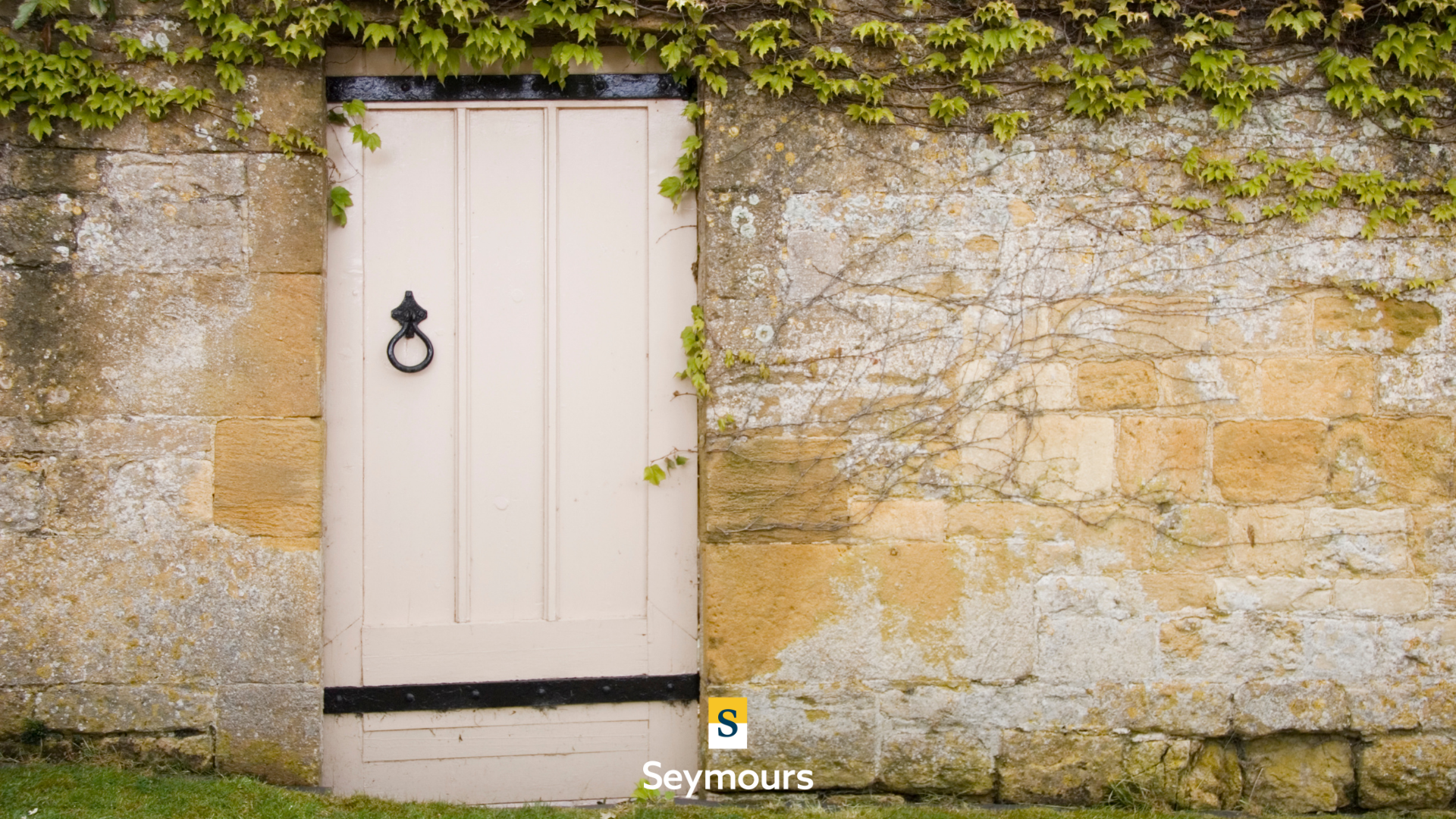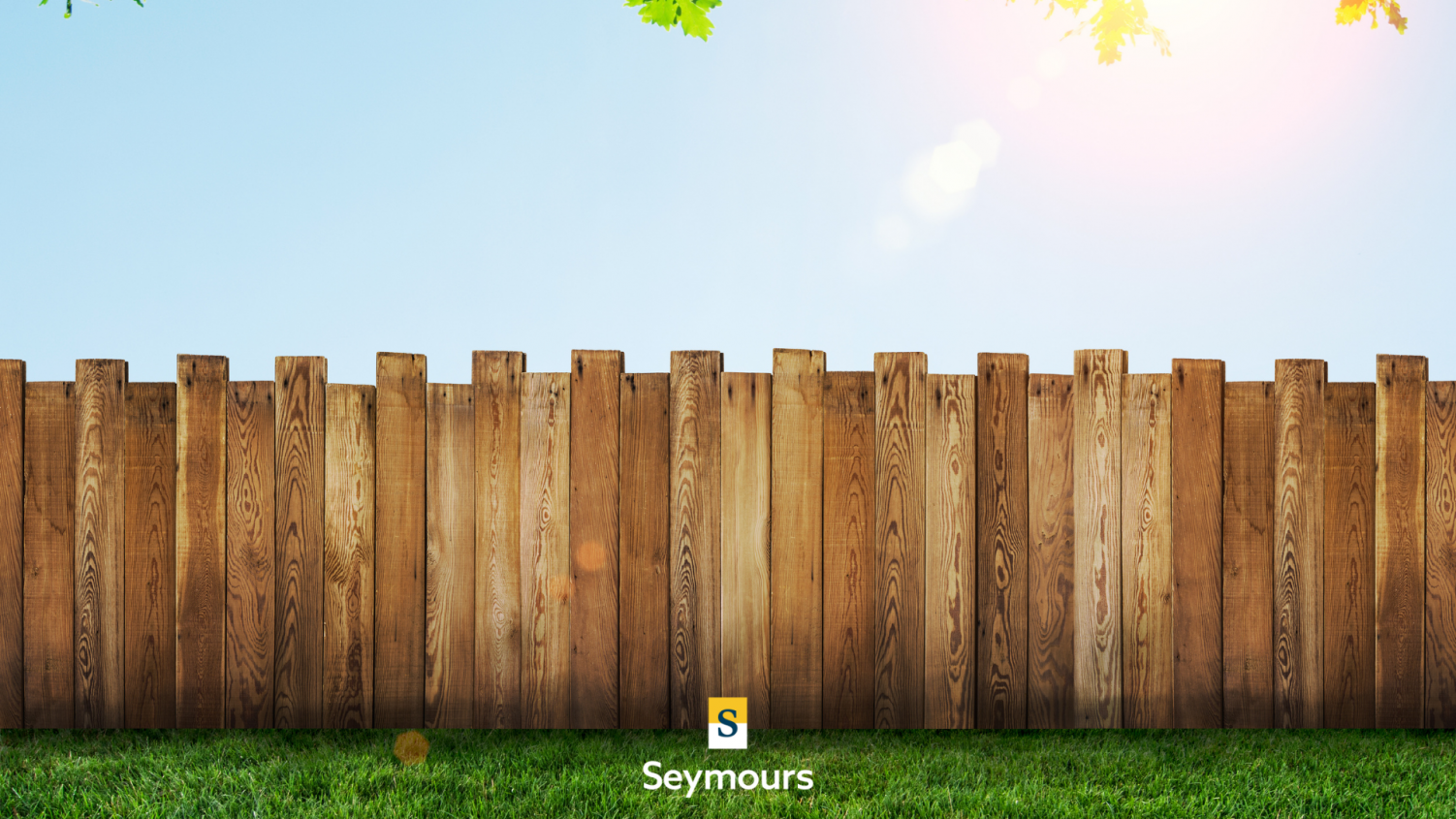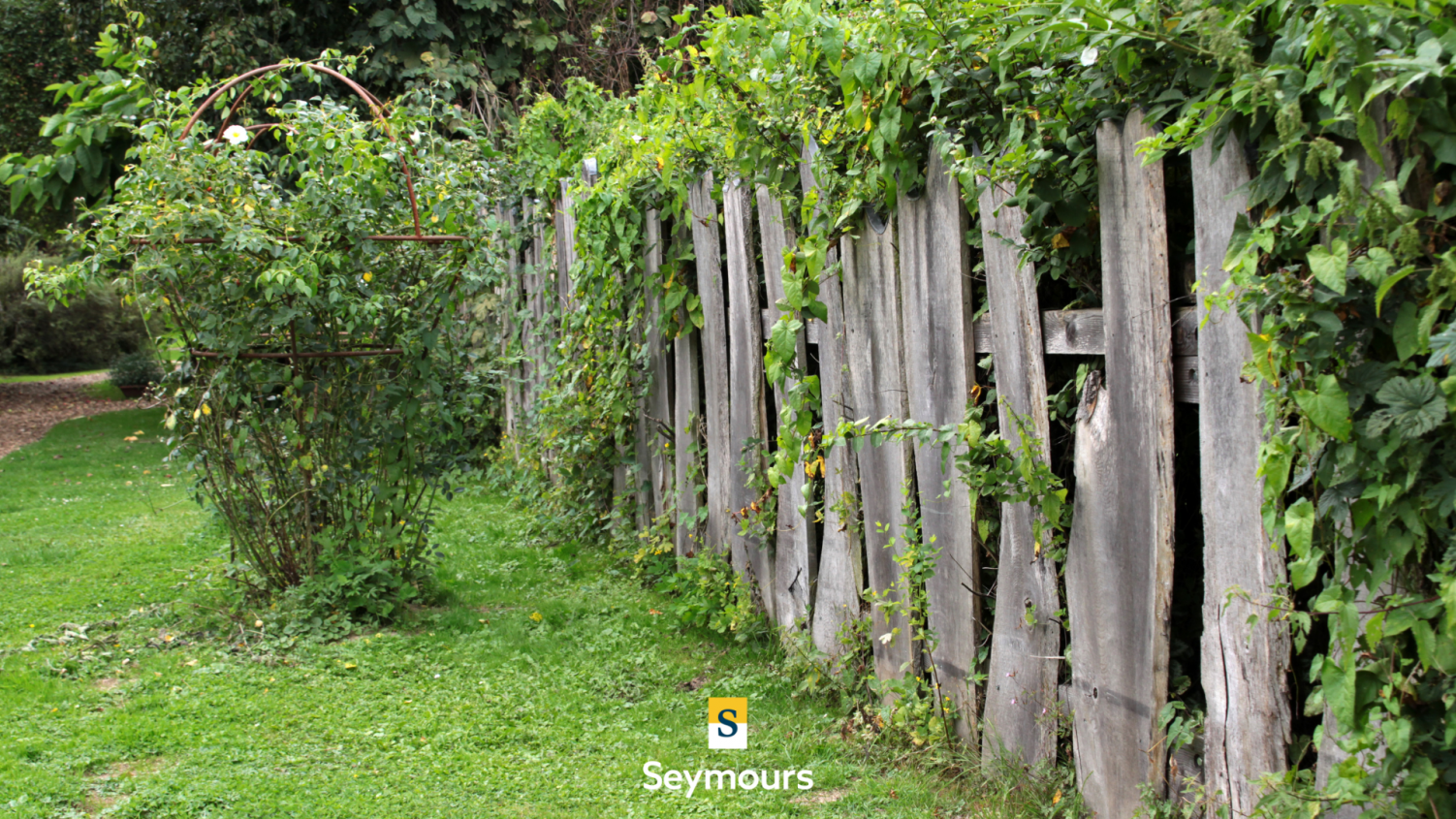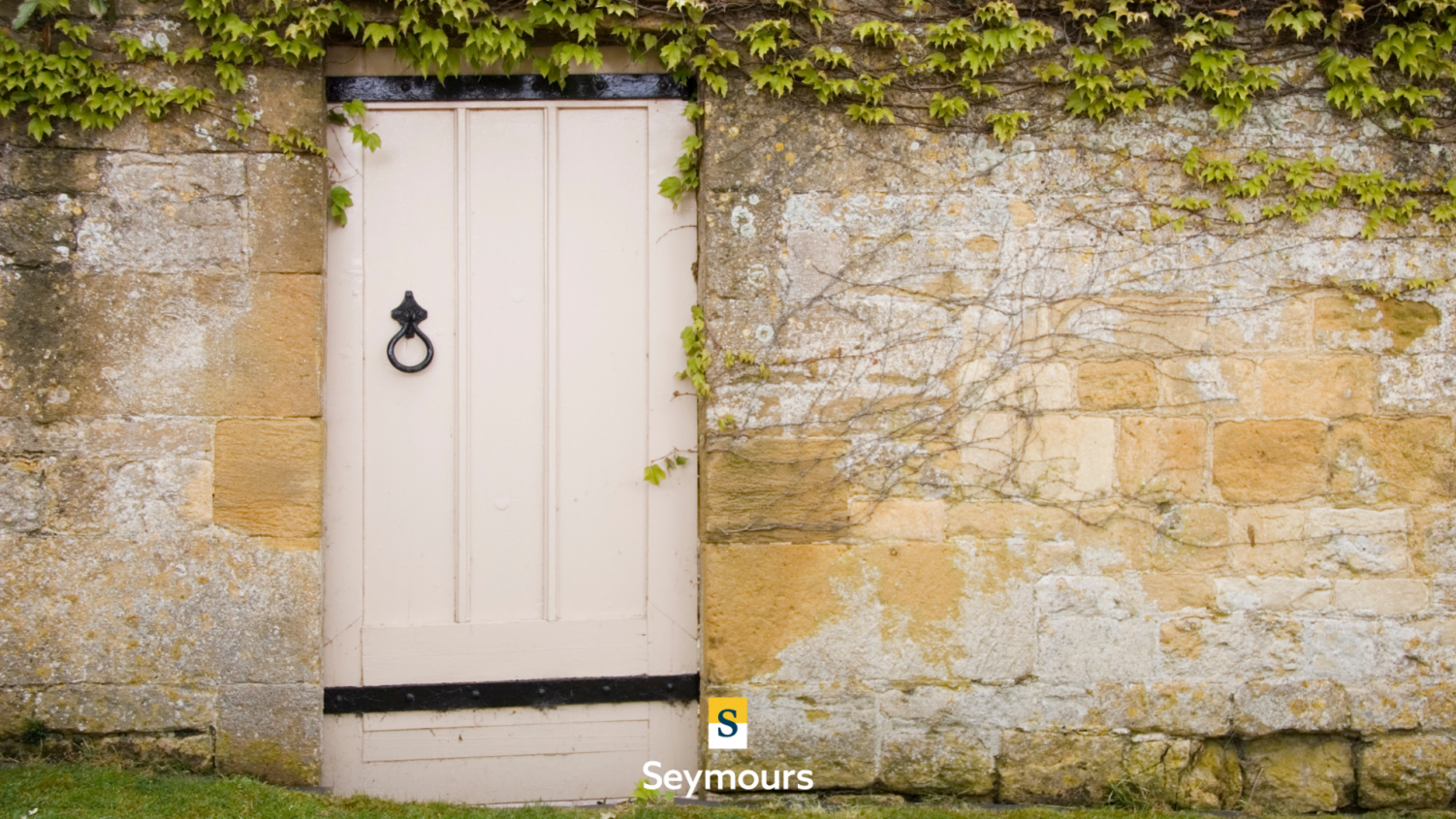Which Boundary Fence Is Ours? Understanding What You’re Responsible For
04 March, 2022

Unfortunately, many homeowners are often unaware of garden fence laws until it is too late. Garden fences are often a common dispute amongst neighbours and these disputes are often costly and frustrating. It is important that you understand the laws in places surrounding boundary fences as well as your rights regarding these. This article will help you answer questions such as “which boundary fence is ours?”. It will help understand what you will need to consider when erecting new fences and other key talking points surrounding this topic.
But first, let’s establish who owns what!
Which Boundary Fence Is Ours?
In order to find out the answer to this very important question, the best place to start is with your deeds. Your property deeds will include a scale plan. This will highlight the boundary lines using a symbol similar to that of a T, often known as the T-mark. This T-mark will represent the ownership of the fence or wall in question.
Sometimes, adjacent properties will have joint ownership of a wall or fence. This will be shown by two of the T symbols joined together, which will form a king of elongated H, known as the H-mark. These kinds of walls or fences are often known as boundary walls or boundary fences.
Nearly all deeds for modern homes will have boundary ownership clearly marked. However, older deeds may not. In these instances where boundary ownership is not clear, “presumptions” come into play.
For fences, the presumption is that fence posts are positioned on the owner’s land. This will mean that owners will usually have the back of the fence, where posts are showing and facing their direction.
When answering the question of “which boundary fence is ours”, do not rely on the common misconception that the fence to the left of your property is the one you own. Instead, you should always check your deeds to be certain.

Common-Law Boundary Presumptions and Conventions
The following Boundary Presumptions or Conventions normally apply and may be a useful guide if your deeds to not provide clear answers:
- The fence is on the land of the fence owner. This will mean that the boundary will be presumed to be on the outer side of the fence.
- Where any fence has struts on one of its sides, it is presumed that the owner of the fence is the owner of the land upon which the struts are located.
- Where a fence is supported by upright posts on one side, it is presumed that the upright posts stand upon the owner’s property.
- The Party Wall Act 1996 allows for a fence footing to be laid underground and partly under the adjoining property.
- Where any wooden panels are fitted between the posts the convention is for the external face of the posts to be placed on the owner’s land against or close to the boundary.
- In instances where wire fences are supported by concrete posts, the convention is for the outer face of the post to be either against or close to the boundary and for the wires to be passed through holes in the centre of the posts. Where the posts are made of wood, the outer face would be against or close to the boundary and the wires would be stapled into the outer face of the post.
Garden Fence Responsibility
Unsurprisingly, in most instances, the owner is responsible for maintaining their properties’ fence or wall. Thus, for party walls or fences, the maintenance of the fence is a joint responsibility.
However, although the above is true in most cases, there are instances where things become less clear. As we have previously mentioned, some deeds may not clearly indicate ownership and some might even include repair covenants that relate to the wall or fence.
Things can become even less clear as even Land Registry documents can be misleading. For instance, there have been many cases in previous years where one party has taken on maintenance responsibility for so long that the legal responsibility for upkeep has become their own. However, although this does happen, cases like this are rare and difficult to prove.

Neighbour Fence Upkeep
Another common question people have regarding boundary fences is whether you can make neighbours repair their fences. This is not an easy question to answer and many homeowners are often left frustrated by the answer. To put it simply, there isn’t a law that states that fence repair is obligatory, even if it is falling apart. The reason here is largely due to the fact that there isn’t actually a legal obligation to have boundary walls and fences in the first place.
Some may opt to employ boundary demarcation and dispute experts to gather evidence and write a report. However, this often fails and the costs involved will usually outweigh the cost of replacing the wall itself.
Thus, if a neighbour is unwilling or unable to pay for their fence’s upkeep, you cannot force them to do so on a legal basis.
Should you find yourself in this situation, the best thing you can do is leave their fence where it is and erect your own on your land. You need not worry if your fences are touching theirs as long as it is placed within your boundary.
Boundaries are laid out in the HM Land Registry plans as “an imaginary or invisible line dividing one person’s property from that of another”. What this means is that boundary lines have no “thickness” so whether or not two fences touch is irrelevant.
What You Need To Know When Erecting a New Fence
If you are going to put up a new fence, there are several things you will need to consider. Firstly, you will need to work out who is responsible for erecting the fence. In most cases, this will mirror ownership and maintenance. Therefore, if your deeds show that the fence in question is your responsibility, it will be down to you to set up the new fence. For party fences, there is a joint responsibility for both parties.
Garden Fence Heights
One of the most commonly asked questions regarding garden fences, is how high can a fence be? The answer can vary between different local authorities. However, in a lot of cases, the highest fence allowed without planning permission is two metres in height.
Is Planning Permission Required?
As we have mentioned above, fences over two metres in height will often require planning permission. However, you will need to be aware that this will also include any trellising that may be present atop the fence. If it goes over the two-metre rule, you’ll most likely need to obtain planning permission first.
Additionally, listed buildings also often require planning permission, as will any fencing that adjoins public roads and is above a metre in height. There will often be restrictions in place for any property where the front is open to public paths and highways. Therefore, you will need to speak to your local authority prior to any work being carried out.
Who Gets the Smooth Fence Side?
This is an area that can often cause confusion. The rules are that fence posts must be on the owner’s side of the boundary. However, there is no law that states the smooth side must face either way. It is entirely up to the owner which way the fence will face.
READ MORE – Common causes of stress for landlords
READ MORE – Exchanging contracts? What can hold up the process

Walls
Where the boundary in question is a garden wall, ownership of that boundary is presumed to be on the side of the wall farthest from the garden of the owner who erected it. It is presumed that the owner will build with the external face on the edge of their land.
Where the wall separates one house from another, e.g. where the house is terraced or semi-detached, ownership of it is dedicated by the party walls act 1996. There is a legal presumption that party walls are jointly owned by each house owner and that the centre line is the boundary. However, this can be rebutted where Party Wall Notices have been agreed indicating an alternative ownership arrangement.
Understanding Your Boundaries
It is very important to know where your boundaries are and the implications they can have on you and your ownership of the property. There are an endless number of things you will need to consider when moving into a new home but always remember to make time to check your deeds and become familiar with the boundaries in place.
In doing so, you will not only be aware of your responsibilities but will also potentially prevent future disputes with your neighbours. The latter will be extremely important in the long run in order to live peacefully in your new home.

Looking to Sell? Get in Touch With Us Today!
With over 30 years of experience in the county and branches dotted throughout Surrey, our expert agents can secure you the right sale price for your home.
Sell your property with the experts today: choose Seymours Estate Agents.
If you would like free-market advice or need an instant property valuation you can trust, get in touch with the team at Seymours using this contact form or call one of our branches!